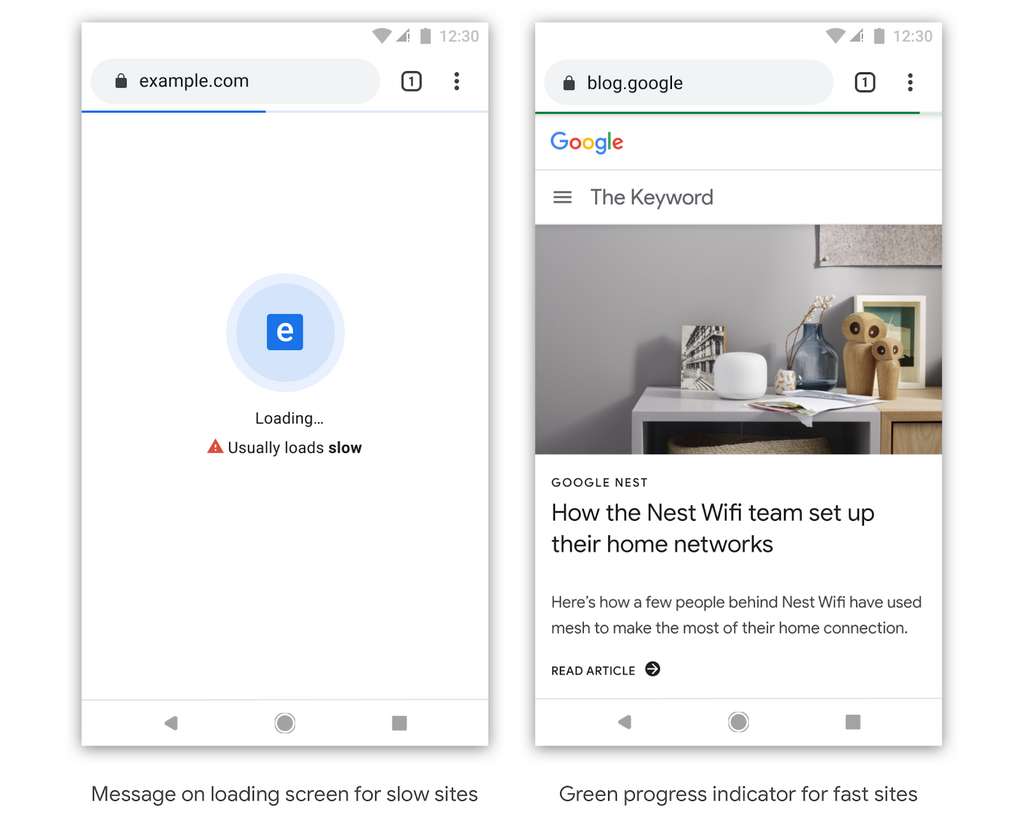Who has never complained in front of an Internet page that takes several seconds to display? The fault does not necessarily come from your connection or browser, but simply the website, poorly coded, and the whose loading speed is too long. Google has decided to identify them and point them out.
Whose fault is it when a site is too slow to display? Is it the site Internet that has a problem? Is the software, in this case, the browser, having problems? Is it a malware that makes it’s own? Or is it just a connection problem?
At Google, we decided to tackle the problems of the slowness of display, and we will soon know if the concern comes from the website that we visit or its connection. This will require using Chrome, and Google refers to an ongoing experiment to warn the user of the slow loading of a page.
For this, a gauge may appear while the page is loading. If it’s “green”, everything is normal and loading is in progress. If it’s “blue”, it will be more problematic, and that’s because the problem comes from the site itself.

If everyone goes there, the Internet will be faster
How will Google go about finding out if the site is slow? In fact, webmasters know, Google records the loading time of a website’s pages, and this latency is important to be well indexed by Google. The longer a site is displayed, the less Google will highlight it in these results. It’s based on the history of these latencies that Chrome will rely upon, and on his blog, Google gives some tips to site designers to improve the loading speed.
Two tools are made available: PageSpeed Insights, an online tool that analyzes the content of a web page, then generates suggestions to increase the speed of the page; Lighthouse, a tool currently in development that provides personalized advice on how to improve your website in terms of performance.